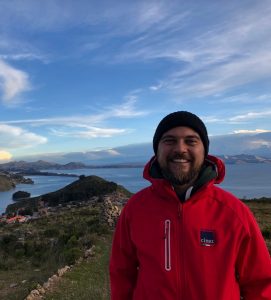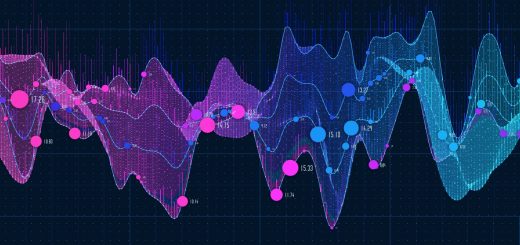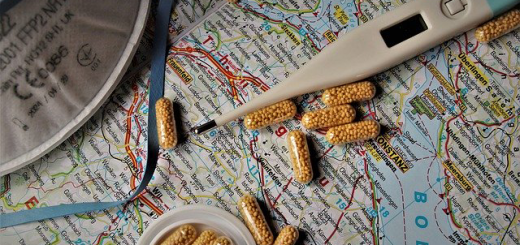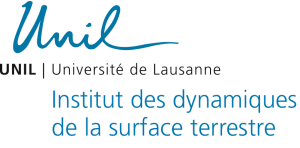
Mirko D’Andrea, from CIMA research Foundation, is visiting IDYST on a two-month SNF Scientific Exchange project “A machine learning approach for wildfire susceptibility mapping“.
Mirko is the main developer of the RISICO wildfire risk model and the PROPAGATOR wildfire propagation model, both used by several civil protection agencies in Europe. His research activities include exploratory data analysis, mainly related to wildfire, using the scientific Python stack. Hi is also a full-stack software developer, working on web-based tools for Early Warning and Decision Support Systems.
The main objective of the present project is to investigate the spatio-temporal pattern of wildfires in Liguria region and to elaborate susceptibility maps for this area using machine learning (ML) models.
The availability of a mapping of fire perimeters spans almost 20 years (1996-2016), and this, combined with a detailed knowledge of topography, climate and land cover, allows to understand the main features involved in wildfire occurrences and their behaviour. Meteorological data are available, as 30 years-long time series from 164 rain gauges and 127 thermometers. The seasonality of the fire regime will be considered partitioning the analysis in two macro season (November-April and May-October).
In a previous study, authors compared results obtained by a statistical driven partitioning model with the ones obtained by applying a ML approach, based on Random Forest (RF) algorithm. RF seems to be a promising alternative to the statistical expert-based method for wildfire susceptibility mapping, but the model clearly needs to be improved. Specifically, the following analyses need to be performed to finalize the study: (1) additional predisposing factors have to be taken into account; (2) to avoid the overestimation of low classes, the pseudo-absences have to be simulated and included into the model; (3) a further model, based on one-class only (i.e. the “presence” or observations) has to be developed (e.g. Maximum Entropy Methods, MaxEnt); (4) an independent data-set has to be considered for model validation.
Once the methodology will be established and validated, we further intend to apply it at national level in Italy and to adapt it for Switzerland, to assess the susceptibility of this country to different environmental hazards.




